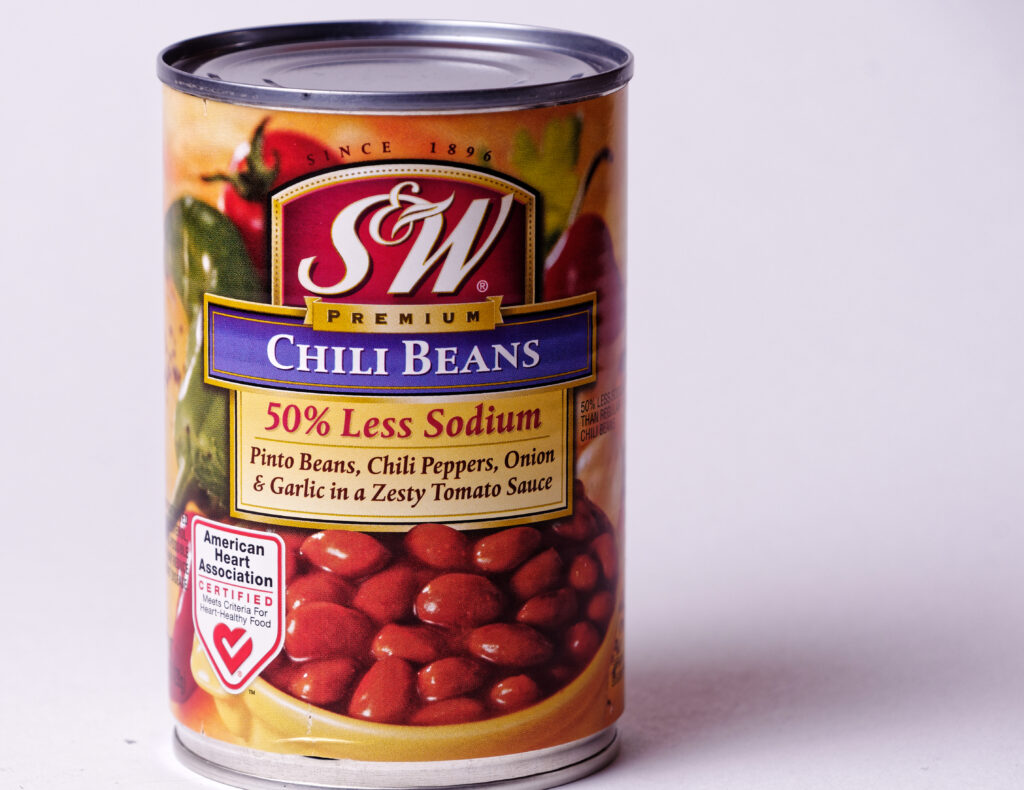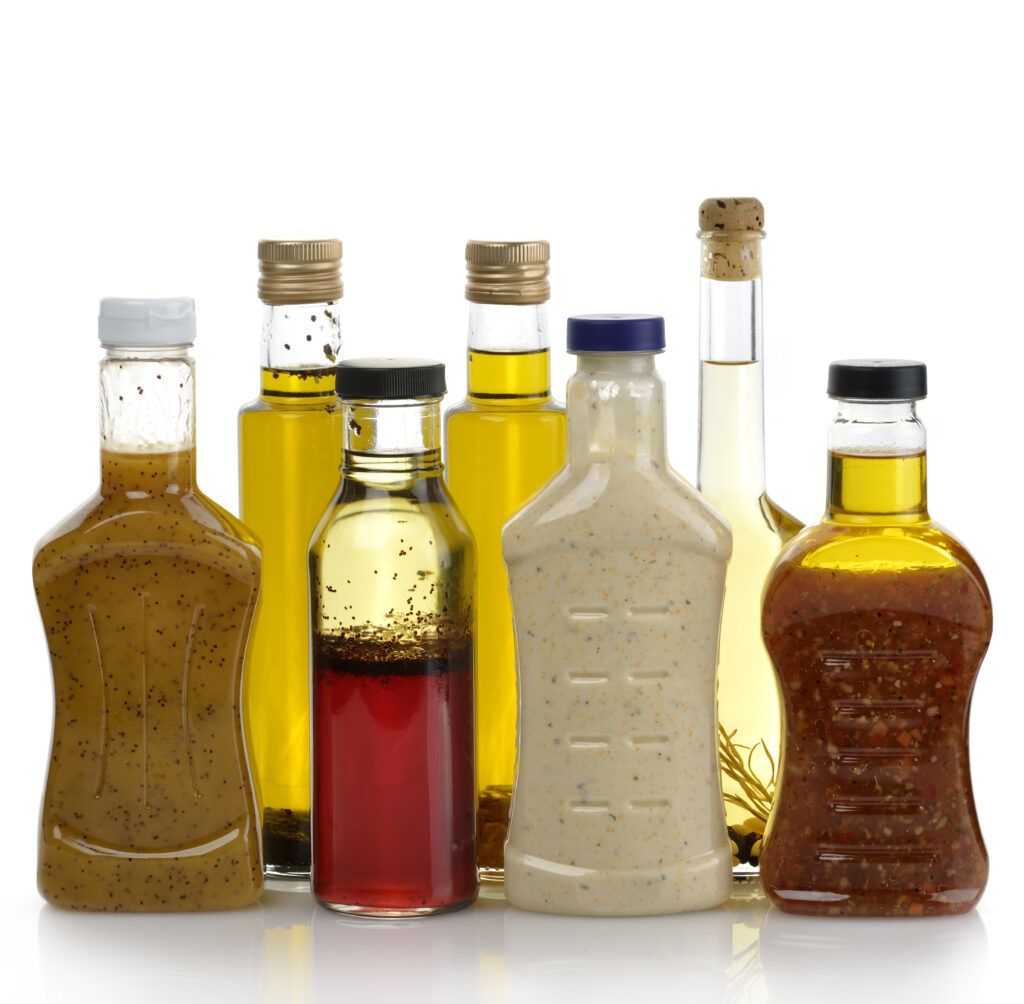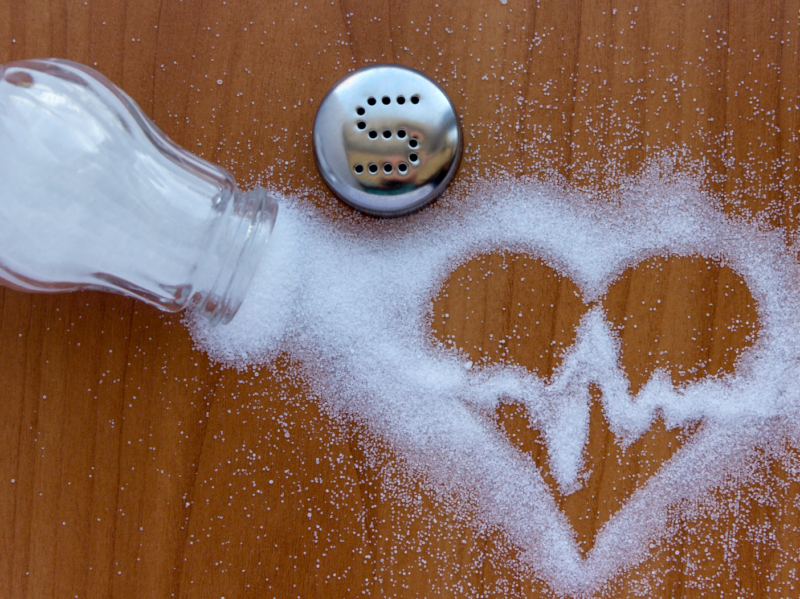While salty foods are both prevalent and popular, high sodium intake can lead to high blood pressure, hypertension and increased risk for cardiovascular disease, as well as decrease the effectiveness of key medications, according to the Royal College of Physicians. Reducing salt intake is an important goal for maintaining great health for everyone but especially for older adults.
Despite its health risks, salt adds much beloved flavor and has been instrumental in food preservation throughout human history. It’s also necessary in small amounts, but most people in the United States consume far more than what’s healthy—about 3,400 mg of sodium per day (compared to the recommended amount of 2,300 mg for the general population and 1,500 mg for those over 50 or with chronic diseases such as hypertension, diabetes or kidney disease).
With many older adults consuming more than double their recommended sodium amount, watching the intake during soup season is important for improving senior health. This winter, follow some important tips for decreasing sodium intake in meals in a way to maintain lasting health benefits.
1. Don’t call it a diet
Dieting is often inconsistent at best and actively contrary to health goals at worst. Rather than creating an unrealistic goal or trying to make drastic changes, focus on small, incremental changes. The approach is more likely to be sustainable in the long term and less likely to be abandoned a few months in.
Unless a drastic salt decrease has been recommended by a doctor, try to make a record of the current salt intake for seniors in your care. Then focus on how to slowly reduce the amount consumed over the coming months to reach the goal intake. This less extreme approach is less likely to elicit complaints from those in your care and will inspire less “cheating”—the act of abandoning a strict diet in favor of short-term pleasure.

2. Careful with cans
Canned food is often full of hidden sodium. Salt is a tool for preservation and can be used to maintain the look and taste of a vegetable, meat or fruit in the canning process. Always check the sodium content of canned foods before buying canned goods, including soups, diced tomatoes and pasta sauces. Some canned soups may contain a week’s worth of salt in one meal.
Opt for cans with the words “low sodium,” “no salt added” or “reduced sodium” whenever possible. Even with these words, however, still check the sodium content. While the label is FDA-regulated, it may only mean a 25% reduction—still higher than the ideal intake.
When possible, buy fresh or frozen vegetables and meats. Both contain less sodium than their canned counterparts and reserve more of the nutritious elements of the food. For beans and canned vegetables, pour the can into a strainer and rinse them to reduce the amount of salt being consumed.
3. Avoid fast food
Eating at home whenever possible is an important component of lowering salt intake. Even for those heavy-handed with the salt shaker, home cooking is still going to have a fragment of the added salt that eating out does, especially fast food. For fast food cravings, try making copycat recipes at home with a healthier spin.
It’s OK to splurge every once in a while on fast food, but when you do, try to pick lower sodium options and keep it to a minimum. Small changes can make big reductions in salt, such as requesting french fries without salt. Even if you add a small amount of salt, it will still be a drastic reduction in the default. (Always be cognizant of a restaurant’s capacity when making special requests.)
Be careful when choosing “healthy” options, too. While opting for Panera Bread may seem healthier than a burger, popular menu items like the Bacon Turkey Bravo contains a whopping 2,180 mg of sodium for a whole sandwich. With chains now being required to show dietary information, take advantage of their websites to make better menu choices when eating out is unavoidable.
4. Snack smartly
One of the biggest culprits of high-sodium intake is the beloved potato chip, with some types containing up to 10% of your daily sodium in one serving. Add to the fact that many people eat two to three servings in one sitting, and the salt consumption is adding up fast.
Other potential culprits in the snack cabinet include instant pudding, microwavable popcorn and vegetable juice. Always be sure to read labels on these foods and opt for low-sodium versions when possible.
If most of the snacks in the diet of the senior you care for are high-sodium, start by reducing portion sizes, then maybe try to wean out the least favorites and replace them with healthier options.

5. Watch the salad dressing
There’s nothing healthier than a fresh salad full of leafy greens and vegetables, right? Well, that depends on what you smother it in. Many big-brand salad dressings can contain up to 15% of daily sodium in just two tablespoons.
The best salad dressing option is olive oil and vinegar. Without added salt, this flavorful combo can spice up any home salad. But if you’re a big fan of dressings, keep an eye on the nutrition chart. Of the most popular options, ranch and French dressings are most likely to contain excess salt and are generally the least healthy options.
Don’t give up
Changing dietary habits never happens overnight or all at once. Be patient and work on small, sustainable progress. If one week’s sodium intake ends up higher than your goal, put more energy into healthy meals the following week. If you don’t have time for home cooking, opt for low-sodium or no-salt-added prepared meals. Every little bit of reduction can help result in better long-term health.

